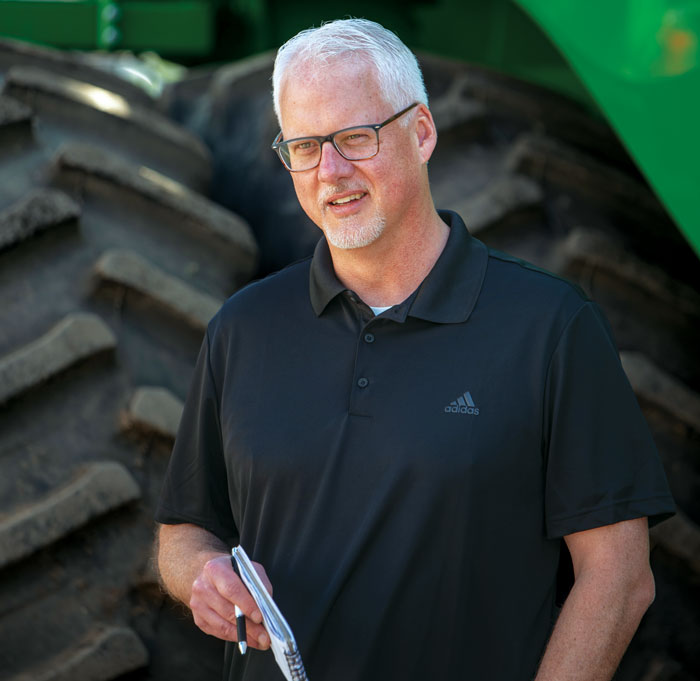Speaking alongside three dealers at a shortline manufacturing event in Vegas last fall, I closed up the panel citing a difference between the dealers and the independent execs in the audience.
For dealers, transitioning control (to heirs, managers or employees), acquiring a similar business or selling to the highest bidder is not a destiny they control. Growing up in a business bootstrapped by my parents and kept afloat through toil and sacrifice, I’m sensitive to the dealer’s contract-approval dilemma. That is, the dealer-principal’s reward at the end is, in essence, subject to the whims of the major line.
The point here is the omnipresent OEM contract and how it can permeate decisions at dealerships, and even defy what outsiders might say is “plain old common sense.”
(Personal note: with “enough” to handle on our firm’s business transition over the past 8 years, can’t say I’m disappointed to miss the experience of a song-and-dance at a supplier’s HQ to defend our “pin on a map.”)
You’ll see on p. 20 a sampling of the events from the sold-out Dealership Minds Summit in January, which addressed “The Next Generation.” The agenda focused dealers on things in their control, with comparatively less time devoted to outside variables, such as the OEM.
But a few slides shared by two management consultants (both veterans of a major OEM) broached the topic.
“All roads lead through the mothership,” was a slide shared by Tom Owen and Nick Mast of ChannelMASTERS LLC during their 90-minute workshop. From their review of recent contracts, the OEM-dealer relationship is more defined than ever, they say.
Despite the mainlines pursuing their own agendas, Owen told dealers that “your major brand must be part of the transition equation and viewed as a partner.”
The pair says best practices are vital to getting your succession program approved, nodding to several Dealer of the Year Alumni who’d embraced the concept for growth and higher profitability. “To be the best, you need to accept a best practices program,” Owen says, reiterating that OEMs in ag and all industries are becoming more direct on the commitments required of their dealers. Those commitments are evident in three areas — footprint/representation/capabilities; performance/training/support; and equity/processes/succession, they say.
You haven’t heard the last of OEM best practices and standards. You’ll need to take the good with the bad (a few time-wasting “check-the-box” requirements come to mind). But that’s the imperfection of one-size-fits-all programs; just another cost of doing business.
But “going along” on some initiatives doesn’t obligate you to please your majors on the “non-negotiables” for how you run the business. No apology needed there. But more candid and open dealer-major dialog is needed, and an “agreeing to disagree.” While trust is a two-way street, some dealers are doing their part to meet halfway.
There’s the exec who quieted his mainline business rep by opening his books. He set a meeting with the rep (who’d been pressing hard on wholegoods orders), showed him the financial statements and essentially asked, “OK, what exactly would you have me do about my used equipment inventories?” Another exec explained his direct (vs. avoidance) style with his major line. Confident and comfortable with “introducing the elephant in the room” he regularly invites dialog with the OEM, even when decisions aren’t popular.
For better or for worse, dealers’ and manufacturers’ futures are joined — and talking about those futures is common ground. As a dealer recently reminded me, “The marriage always works better when both husband and wife are talking.”







Post a comment
Report Abusive Comment